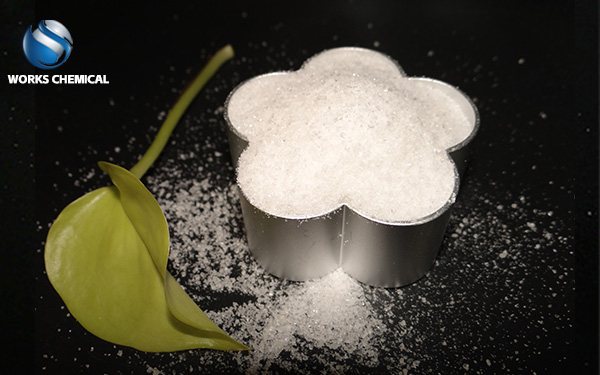
Sludge conditioning methods mainly include chemical conditioning, panning, heating and pressure conditioning, freezing and melting conditioning. First of all, before the tempering treatment, we need to analyze the sludge sample to understand its water content, solid content, adhesion and other characteristics. This can provide a basis for the subsequent tempering treatment.

(1) Chemical conditioning:
Common tempering agents include sludge conditioner, sludge dehydrating agent, lime, ferric chloride and so on. They can neutralize the pH in the sludge and increase its aggregation, thus improving the dehydration effect.
(2) Change the physical properties of the sludge by adding an improver
For example, the addition of polymer improvers can increase the cohesiveness of the sludge and improve its clumping capacity. In this way, during the dehydration process, the contact area between the sludge particles is reduced, thus reducing the viscosity between the water molecules and the sludge particles, and improving the dehydration effect.
(3) By adjusting the pH value of the sludge to change its electrical properties.
For example, under acidic conditions, the sludge particles have a positive charge, while under alkaline conditions, the sludge particles have a negative charge. By controlling the pH value, the interaction between the sludge particles can be weakened, thus improving the dehydration effect.
(4) Pretreatment by anaerobic nitration.
For example, for some sludge containing high concentrations of organic matter, anaerobic nitrification can be used for pretreatment. This can reduce the content of organic matter to a certain extent, improve the nature of the sludge, so as to improve the dehydration effect.
(5) Panning:
A method of settling and separating sludge by mixing it with water 3-4 times the amount of sludge. The effluent from wastewater treatment is generally used to wash the sludge. The aim is to reduce the alkalinity and viscosity of the sludge in order to save the amount of coagulant, improve the concentration effect and shorten the concentration time. The process of panning is mud-water mixing → panning → precipitation.
(6) Heating pressure conditioning:
Some organic matter is decomposed, hydrophilic organic colloidal matter is hydrolyzed, particle structure is changed, so as to improve the sludge concentration and dehydration performance. Divided into high temperature pressure conditioning and low temperature pressure conditioning two.
a. High temperature pressure conditioning heats the sludge to 170-200℃, the pressure is 1.0-1.5Mpa, and the reaction time is 40-120min.
b. Low temperature pressure conditioning: the reaction temperature is controlled below 150℃, so that the hydrolysis of organic matter is controlled.
Freezing and melting conditioning: the sludge is frozen to -20℃ and then melted, due to the large change in temperature, the colloid is destabilized and condensed, the hydration film is broken, and the internal water is free, thus greatly improving the sedimentation and dehydration performance of the sludge.
In summary, the conditioning treatment of sludge before dewatering is very important. The dewatering effect of sludge can be improved by selecting suitable sludge conditioner and treating it according to the characteristics of sludge samples. At the same time, it is also necessary to closely monitor the key indicators in the dehydration process and adjust the treatment method in time to ensure the maximum dehydration effect.